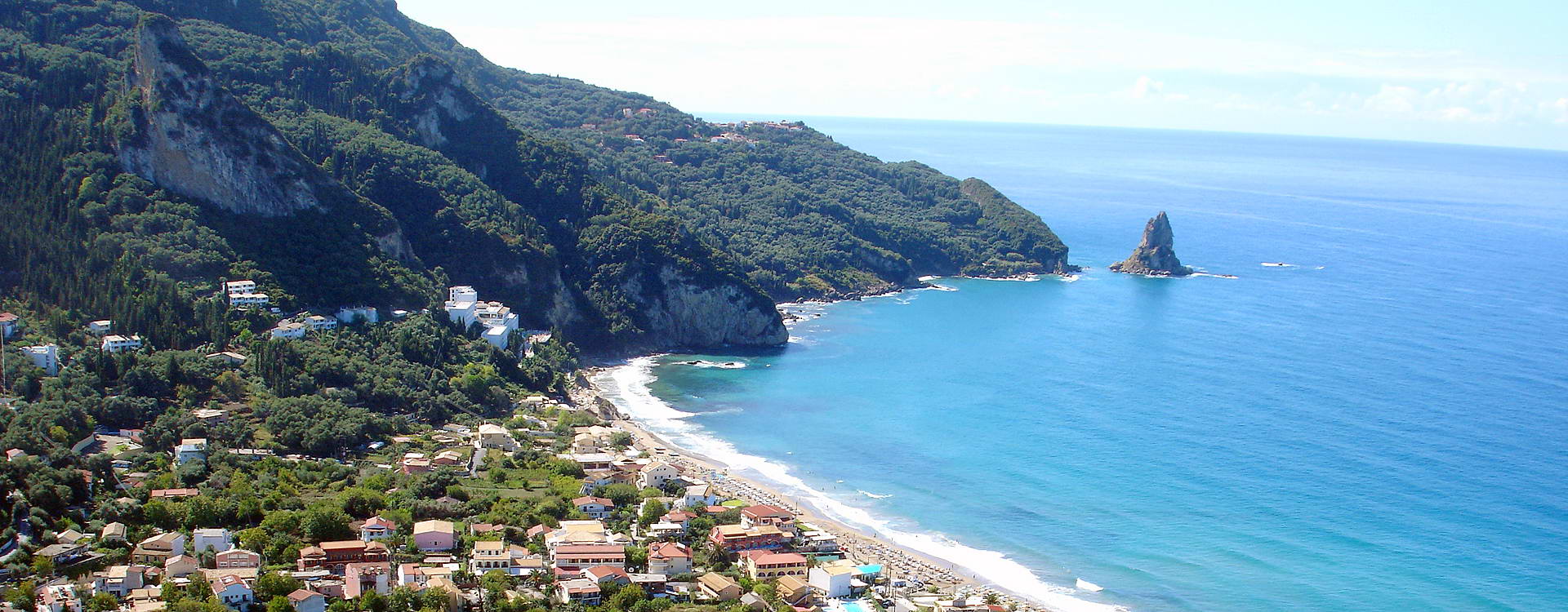In the middle Corfu’s West coast sits Ag. Gordios, its mile long stretch of sandy beach is backed by high cliffs which seem to tumble dramatically into the sea. At one end lies a tiny island that looks like it has broken off as it all splashed into the water. The resort is at the bottom of a fairly steep hill where there is the usual selection of mini markets catering for those on the beach. Dining and nightlife is limited to a handful of friendly taverns and small disco bars. Accommodation is good but not concentrated around the resort centre. Car or bike hire is recommended for exploring the local area.
Places to Go
Corfu Town
Corfu Town has much to offer even the most well travelled visitor. The art galleries and museums, of which there are more than a dozen, hold regular exhibitions. The town’s three brass bands, symphony orchestra, opera company, choir, contemporary and traditional dance groups and drama societies guarantee a full programme of musical and theatrical events.
Mouse Island
Mouse Island or Pontikonissi, is a small, hilly and densely wooded island that legend says was formed when the ship that had taken Odysseus back to Ithaki returned to its home port. Poseidon, who was angry at being defied by the Phaeceans, turned the ship to stone. The 13th century Monastery of Pantokrator on Mouse Island, has a winding, white staircase that from a distance looks like a mouse’s tail.
Vlacherena
Also in the Bay of Kanoni is Vlacherna Monastery. The Vlacherna Womens Monastery was founded many centuries ago on the little rocky tip of the Kanoni peninsula. The present chapel was built in 1685 and the oldest gravestone dates from 1785.


